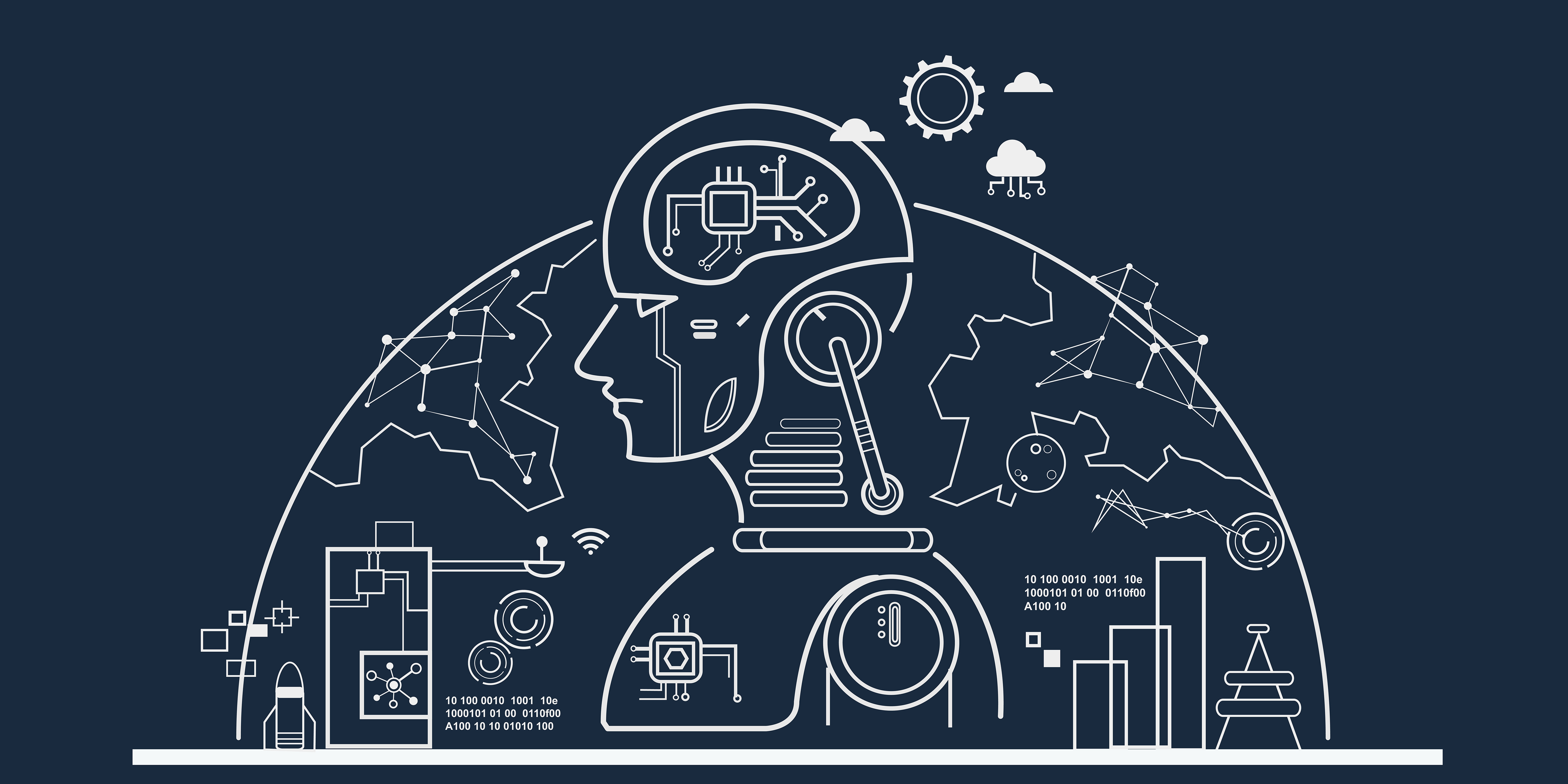A key method of bringing your IT project to life is visualization, creating a workflow diagram, process flow chart or visual model, of how the requirements translate into functionality, user experience, and overall business value.
Visualization has been commonly used in other engineering workflow disciplines but is slowly making its way into the software sector.
It’s about time.
As projects grow in size and complexity, Business Analysts and Project Managers need a tool to help them review the big picture. However, software project requirements have traditionally been scripted in a legalistic or long text document. Those requirements documents may be specific, but they lack the benefits of overall visualization tools.
A more effective practice is to create a visual representation of the project in the form of a “model.” Blueprint’s visual modeling tool takes real world objects and displays them in terms of their relationships to other objects.
A good visualization displays the project as:
- A set of objects along with their properties and characteristics
- The relationships between objects
- Separation of objects into layers according to level of detail
Visualization tools help Business Analysts be successful in core areas of their role:
- Eliciting requirements
- Conducting analysis
- Specification, or explaining the functionalities
As we will discuss, it helps in every stage of the project.
What is Visualization: An Effective Project Management Tool
Visualization tools can clarify and drive the key areas of your project, including context, communications and the reduction of errors.
Context
Traditional requirements come in the form of a legalistic text. Even if those requirements are superbly accurate, the words on the page fail to provide any context about how they fit within the overall project.
In fact, when we look at the entire project, the context is just as important as the requirements.
Visualization software provide this much-needed context, and also advance the “validation” process – stakeholders can clearly see what has been elicited, analyzed and specified, and the missing issues are immediately apparent.
Communications
When the requirements are approved, the next step is to communicate them to the “consumers,” including:
- Developers, Designers, Architects
- QA/Testers
- End-users
- Deployment team
- Support team
- Trainers
Each of these stakeholders needs to understand the functionality. A big, legalistic text document will not give them the big picture they need to do their jobs.
Think of the complexity presented by a text document, then leaving it to the reader to form the model in their mind of how it should work. Do you think they will come to the same mental picture that you would? No way. Chances are they will have a different understanding.
Visualization is key for getting everyone on the same page.
Reducing Errors
Every step of the process – developing requirements, communicating them, coding the product – presents an opportunity for errors to seep in. Errors are inevitable, but that doesn’t mean they cannot be mitigated.
Visualization is a tool to mitigate errors.
It’s essential. Why? Because errors have real business consequences, including:
- Late delivery
- Change requests
- Misunderstood functions
- Extensive re-works
- Miscommunications
Mitigate the chance for errors by using modern technology for a visual representation of requirements, creating a model that ensures everyone can see the overall functionality.



